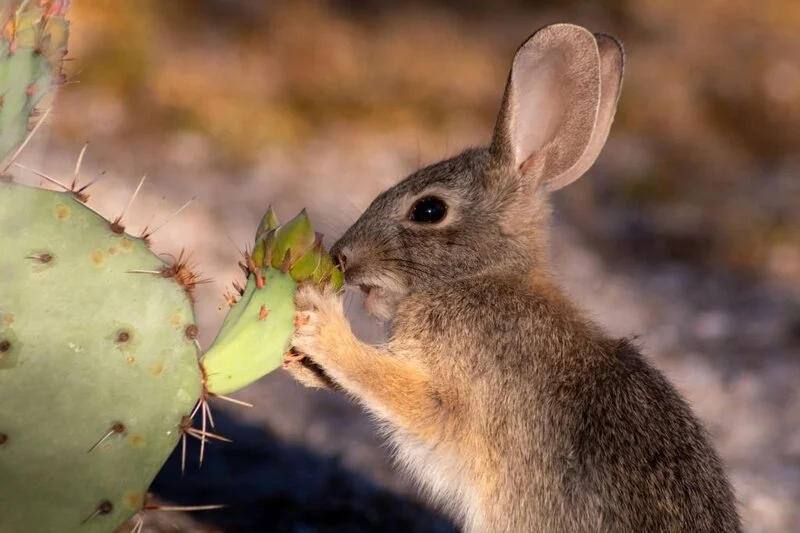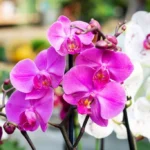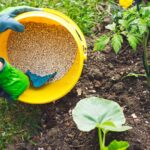Have the flowers in your garden mysteriously vanished? Maybe your priceless flowers or tulips have been nibbled on. If that’s the case, your garden may be hosting some uninvited guests. While it’s in keeping with nature, it can be annoying for gardeners when unexpected creatures like munching on their hard work. You’ll learn how to spot the likely perpetrators and gain insight into why they’re drawn to your flower beds in this article.
Why Do Animals Eat Flowers?
Many different kinds of animals feast on flowers because of their lovely smells and vibrant hues. But why do people find these flowers so appealing? The solution can be found in the nutritional benefits that flowers provide.
Many animals get their energy needs met by the sugary liquid called nectar, which is abundant in flowers. In addition, the vitamins and minerals found in flowers and their parts can be a valuable resource. Flower pollen is a valuable source of protein for animals because of this.
Flowers attract animals not only because of their nutritional value, but also because of their innate need to forage. It’s a matter of life and death for some people, while for others it’s all about preference and convenience.
Small Mammals that Eat Flowers
The list of flower-loving small mammals is quite long. These critters can often reach your flowers easily and make a quick meal out of your prized blooms.
- Rabbits: These fluffy creatures can cause a lot of damage in a garden, eating everything from the petals to the leaves and even the stems of many flowers. Roses, tulips, and pansies are among their favorites.
- Squirrels: While they are more known for their love of nuts, squirrels are not above nibbling on some sweet petals. They can be particularly destructive in spring when young, tender blooms are abundant.
- Voles: Similar to mice, voles have a broad diet that includes flowers. They often go unnoticed until significant damage has been done.
If you want to safeguard your garden against small mammals, you’ll need to know which ones are eating your flowers. In the following paragraphs, we’ll discuss the larger animals as well as the insects and birds that may find your flowers irresistible.
Larger Mammals that Eat Flowers
Even larger mammals can have an appetite for your garden’s blossoms.
- Deer: These graceful animals are notorious for their love of many types of flowers. They can easily munch on the lower-hanging blooms and aren’t shy about venturing into gardens, especially in suburban areas where their natural habitats have been encroached upon.
Birds and Insects that Eat Flowers
While most birds and insects contribute to the healthy growth of flowers by aiding in pollination, some can cause damage too.
- Hummingbirds: These tiny birds primarily feed on nectar but can sometimes cause damage to softer flowers.
- Bees and Butterflies: They usually don’t harm flowers. In fact, they play a crucial role in pollination. However, caterpillars, which metamorphose into butterflies, can munch on leaves and flowers.
- Beetles: Certain species of beetles can chew through flowers, leaving behind noticeable damage.
How to Protect Your Flowers
Now that you know the potential culprits, what can you do to protect your flowers?
- Provide Alternative Food Sources: For mammals like deer and rabbits, consider planting less desirable plants around your most prized flowers or provide a designated feeding area away from your garden.
- Use Deterrents: There are organic and chemical deterrents available that can discourage animals from nibbling on your plants.
- Install Protective Fencing: Physical barriers can be very effective. For smaller animals, a simple wire mesh can do the trick, while larger animals may require taller fencing.
Conclusion
While it may be disheartening to see your beautiful flowers devoured by local wildlife, keep in mind that all living things, including animals, are a part of a delicate ecology. Getting along is a necessity. You can safeguard your garden and yet enjoy the local fauna with some forethought and precautions. After all, a garden is about more than just pretty flowers; it’s also about finding peace in the natural world.



